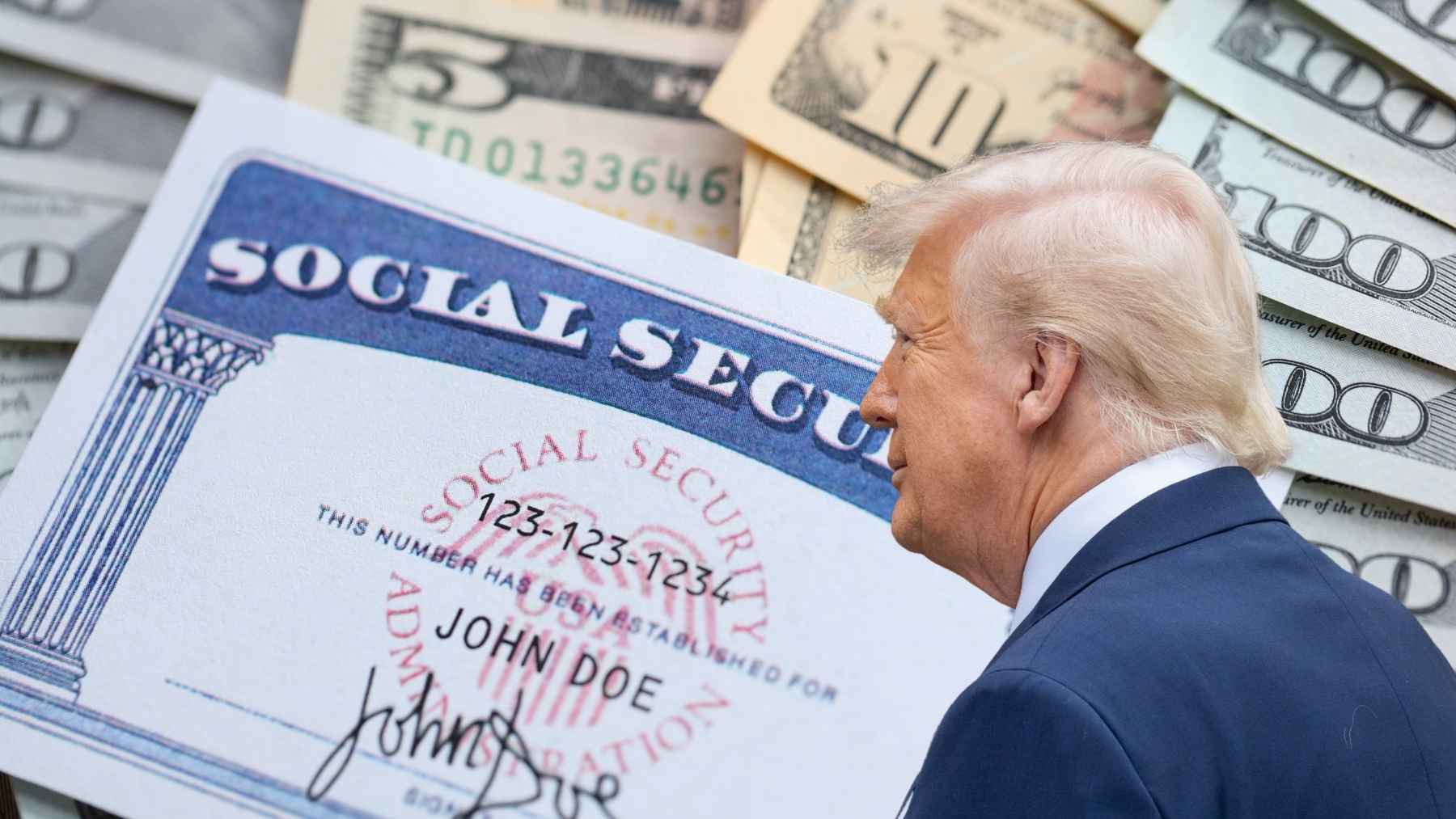Each month, the Social Security Administration (SSA) sends out benefit payments to around seventy million Americans. Depending on the preference of the beneficiary, these payments could be received either via direct deposit or via the mail in the form of a paper check. However, as the world steadily marches towards digitization, so too will the Social Security Administration and all other federal payments.
A March 25th executive order from President Donald Trump has revealed that paper checks will soon be a thing of the past and this will apply not only to the Social Security Administration, but all federal disbursements.
Say bye bye to paper checks for Social Security checks
In pursuit of cost cutting and efficiency, the United States government will be switching over to an entirely digital system of payments for all of its disbursements. As things currently stand, the vast majority of Social Security beneficiaries have already opted for direct deposit or electronic payment methods when receiving their monthly payments. However, there still is a substantial number of recipients who still receive paper checks in the mail each month.
According to President Trump in his executive order titled ‘Modernizing Payments To and From America’s Bank Account’ that was released earlier this year on March 25th, the use of paper based payments “imposes unnecessary costs; delays; and risks of fraud, lost payments, theft, and inefficiencies. Mail theft complaints have increased substantially since the COVID-19 pandemic.”
According to the executive order, all federal disbursements will make the switch to digital as of September 30th, 2025. This includes payments for intragovernmental payments, benefits payments (Social Security, SSDI, SSI), vendor payments, and tax refunds. The use of paper checks will be replaced by the following payment methods:
- direct deposit
- debit and prepaid cards that you can receive via mail
- digital wallets
- real-time payment systems
For beneficiaries of Social Security or the Supplemental Security Income who have currently opted to receive their benefits via paper check in the mail, some steps may need to be taken so as to ensure the transition to digital payment methods goes smoothly. There are two options: you can either sign up for electronic payments using the Treasury’s Go Direct website, or alternatively, you can log in to your my Social Security account and update your direct deposit information from there.
Will there be any exemptions for this change?
Whilst going digital will make for a more efficient and safer roll out of payments, the executive order does note that this method of payment will not be feasible for all individuals. There are currently close to half a million Social Security beneficiaries who still receive their benefit payments in the form of a paper check and some of these beneficiaries may be unbanked or not have access to electronic payment methods.
“A household is considered unbanked if no one in the household has a checking or savings account at a bank or credit union. In 2023, 4.2% of U.S. households—about 5.6 million households— were unbanked,” according to the Federal Deposit Insurance Corporation (FDIC).
As such, the order does state that exceptions will be made for certain cases, with the following scenarios meeting eligibility for exception to the electronic payment executive order:
- individuals who do not have access to banking services or electronic payment systems;
- certain emergency payments where electronic disbursement would cause undue hardship, as contemplated in 31 C.F.R. Part 208;
- national security- or law enforcement-related activities where non-EFT transactions are necessary or desirable; and
- other circumstances as determined by the Secretary of the Treasury, as reflected in regulations or other guidance.
If a recipient is found to qualify for any of the aforementioned exceptions, alternative payment options will be provided for them.

